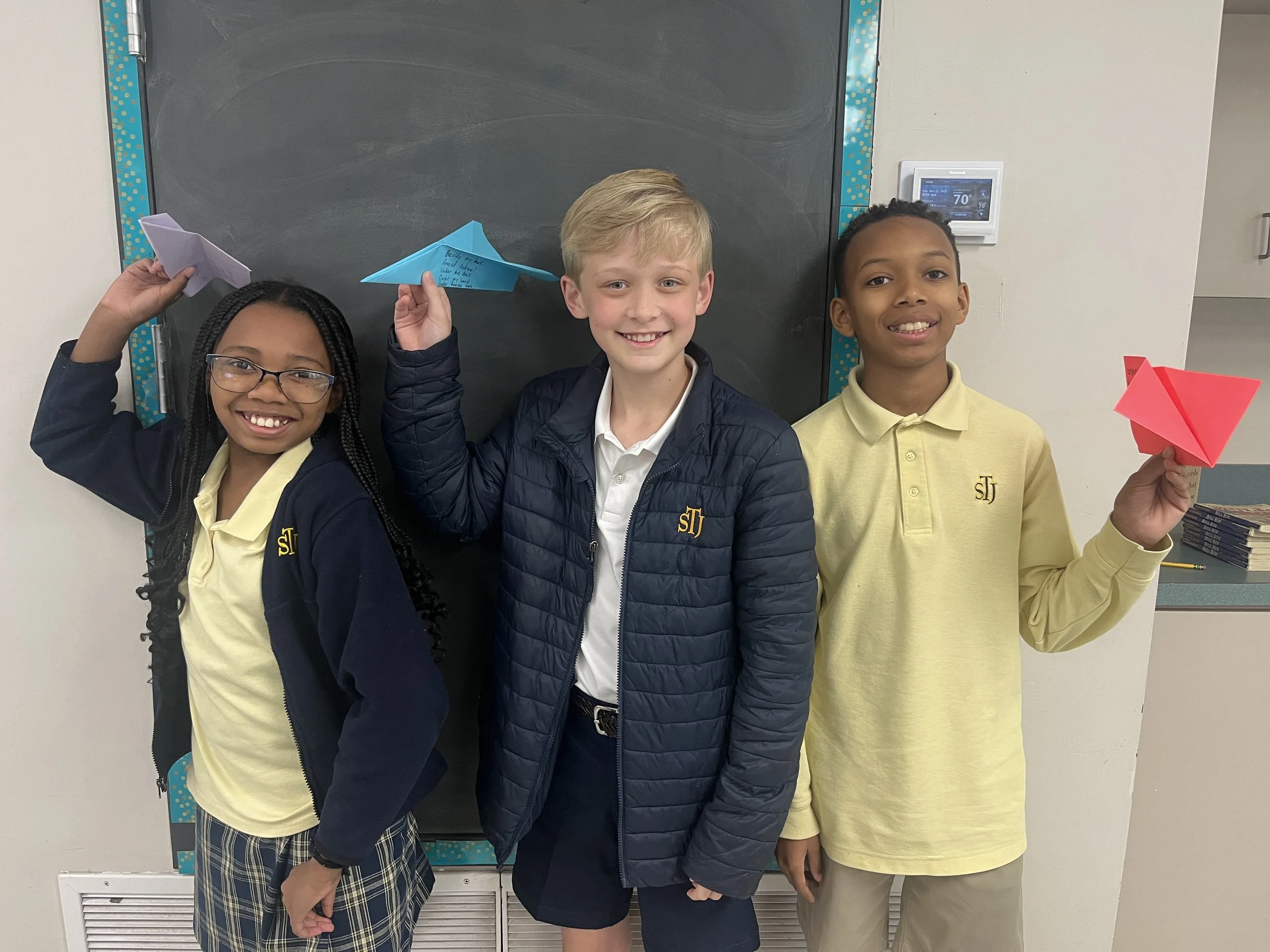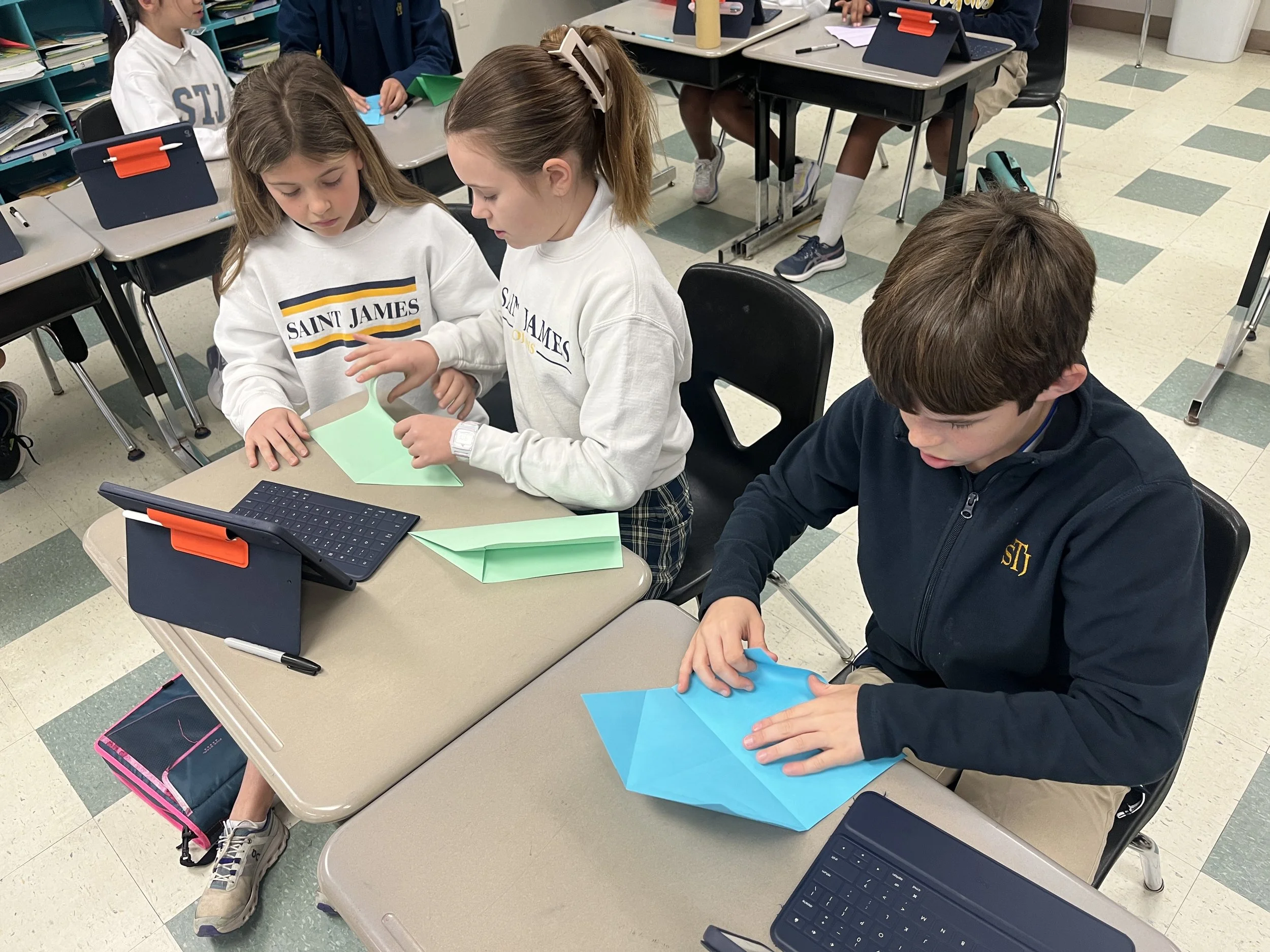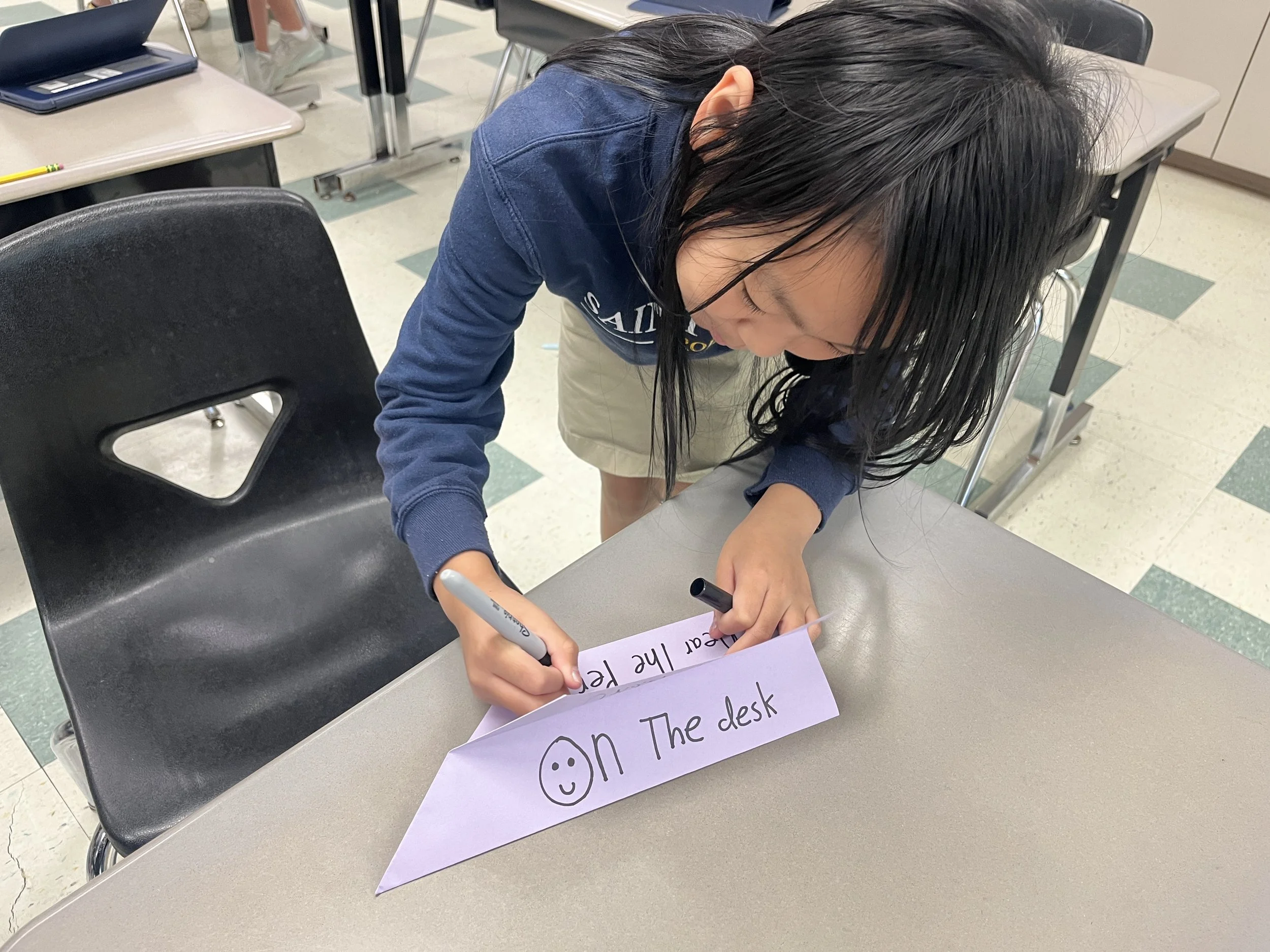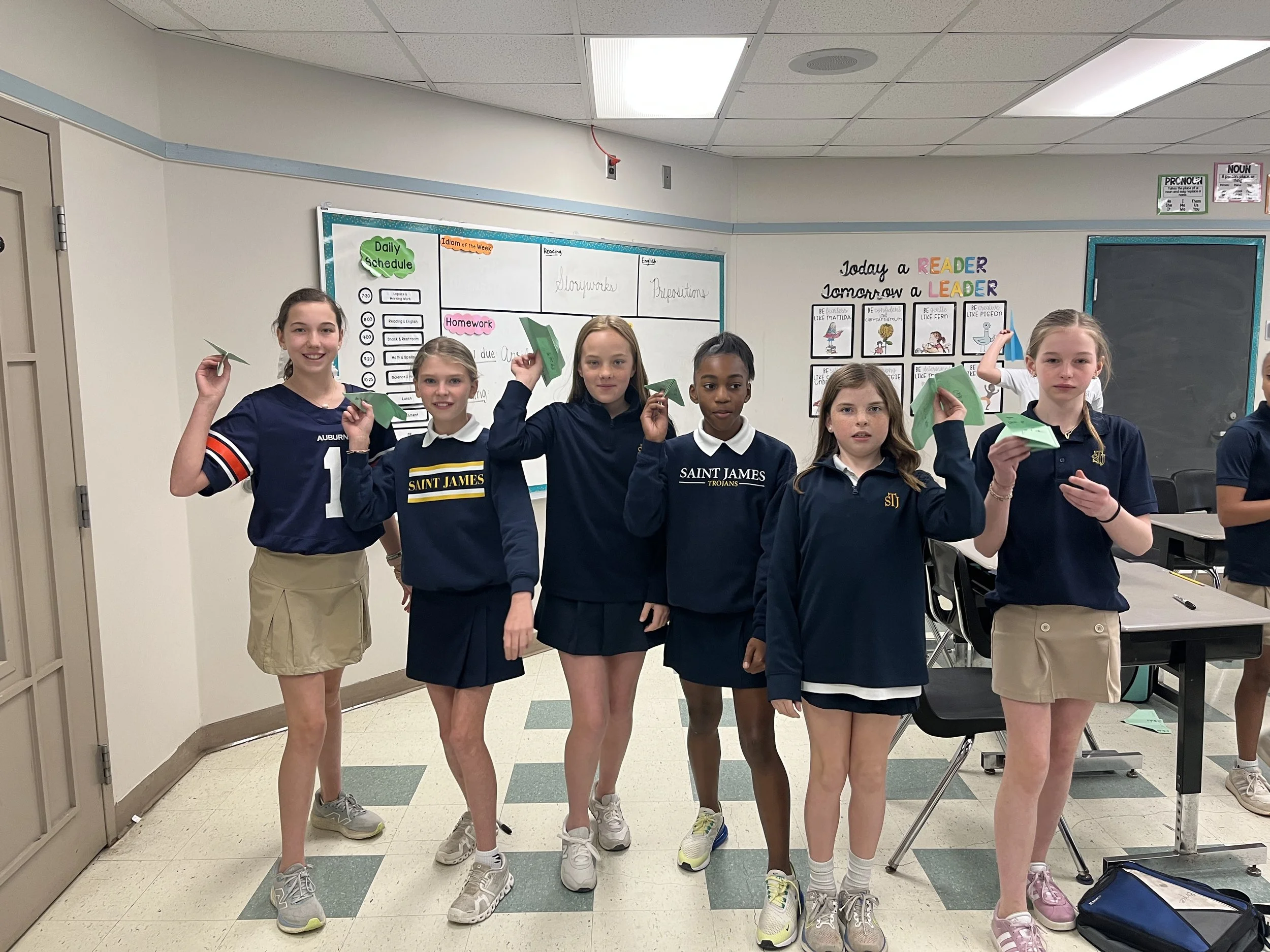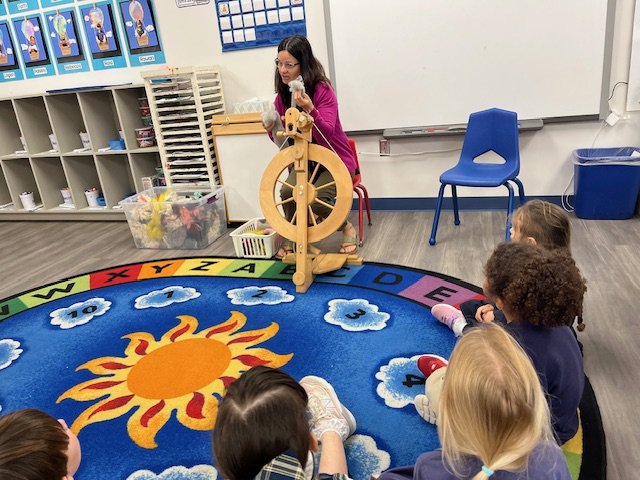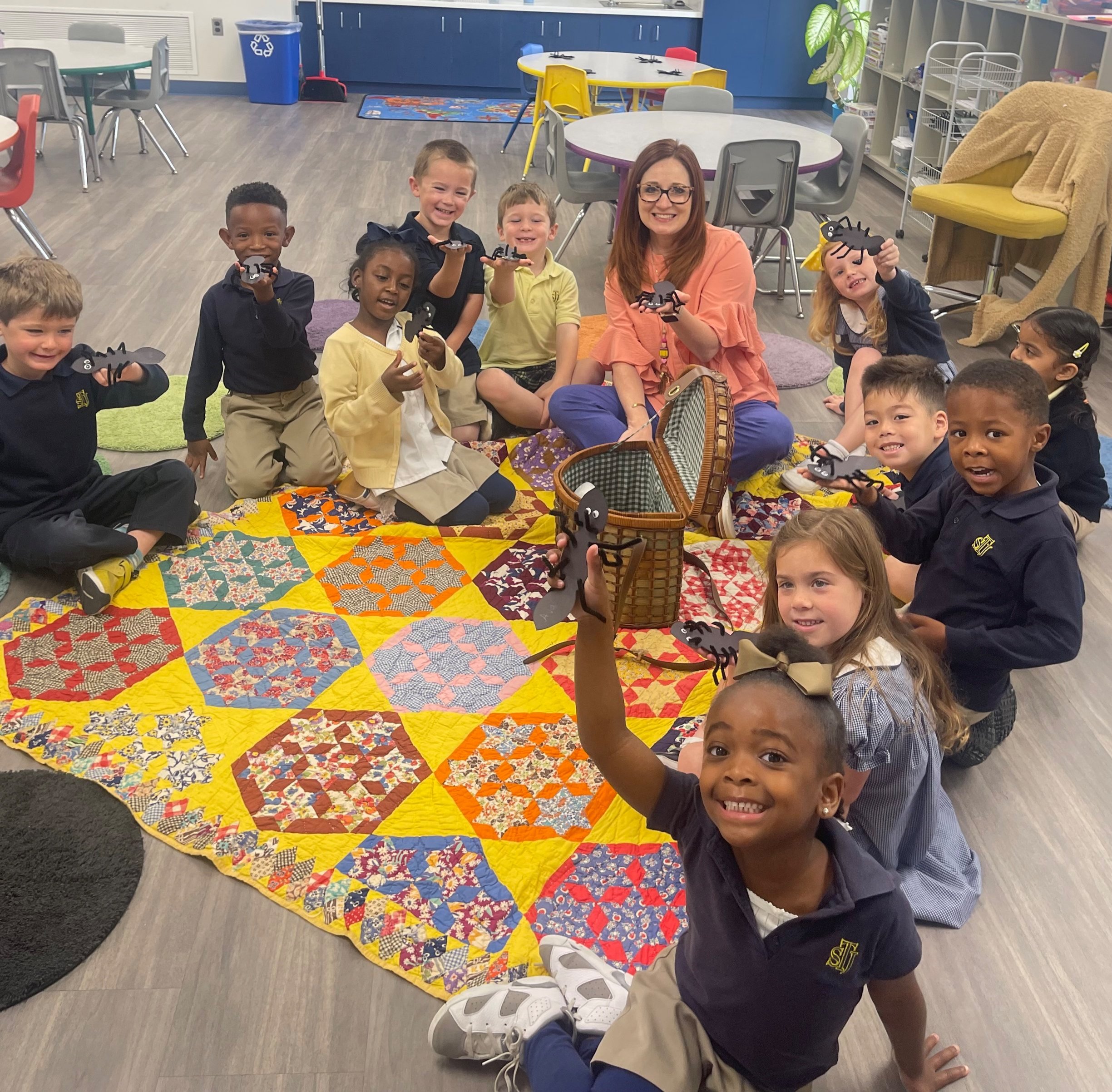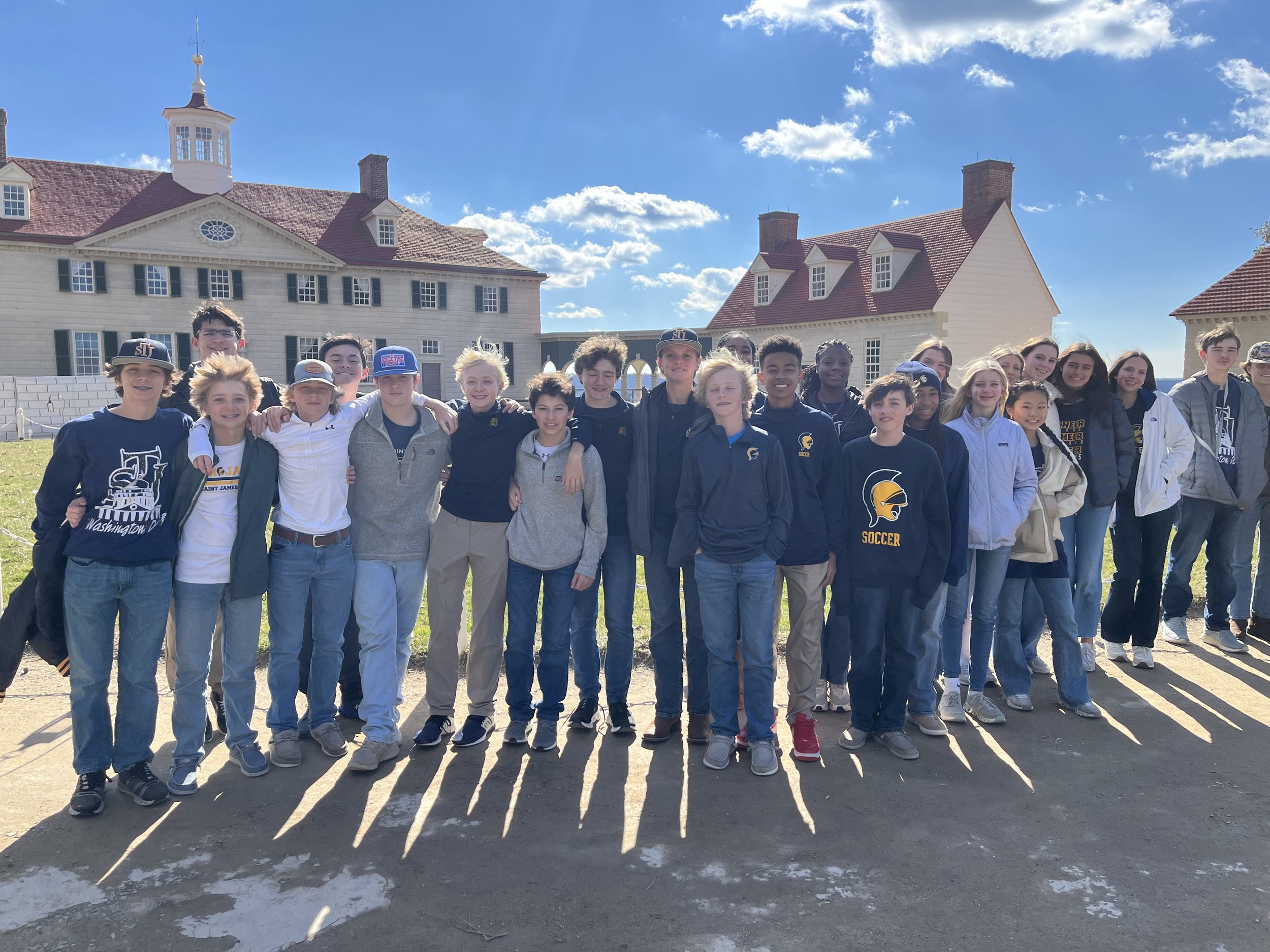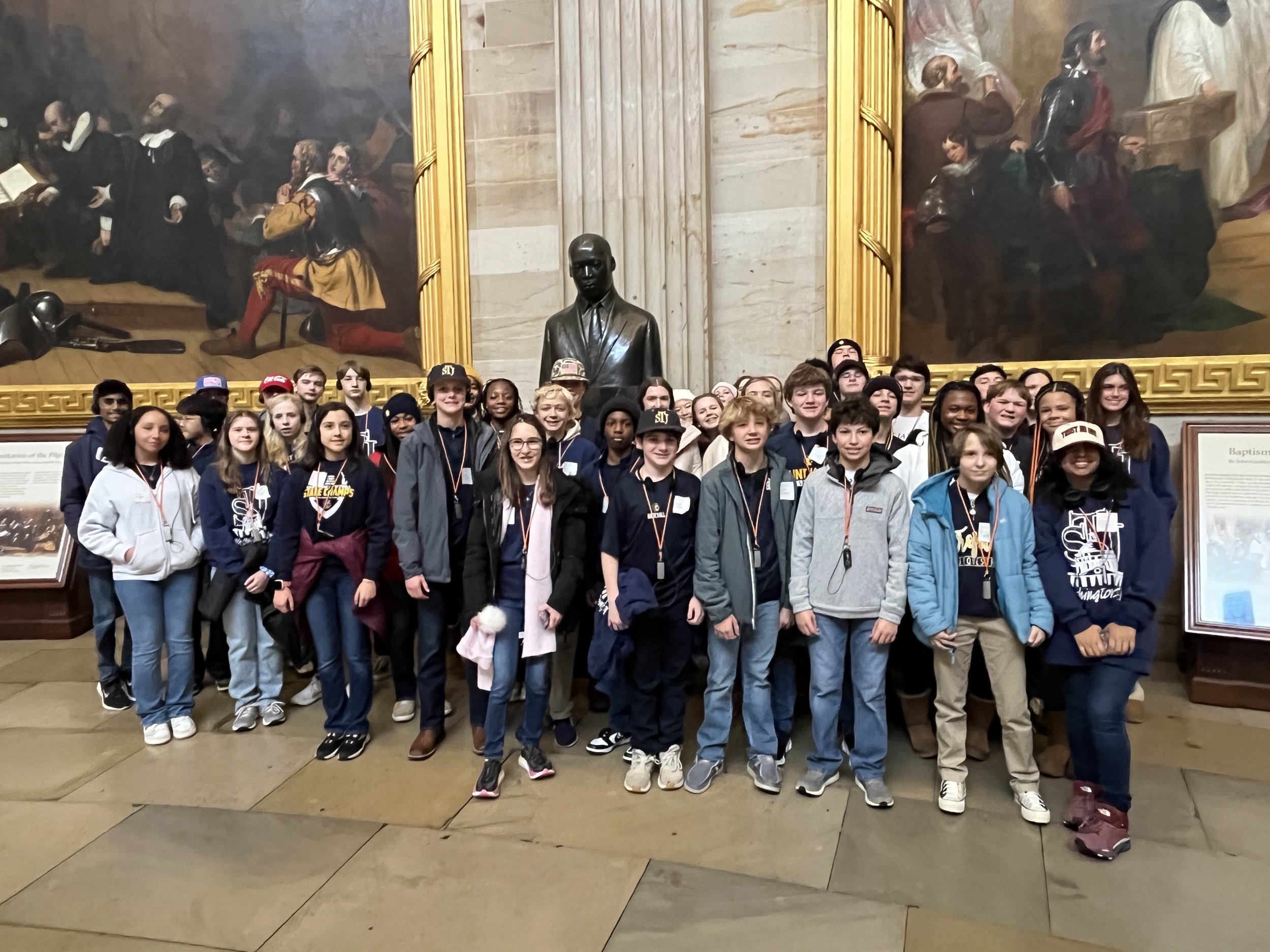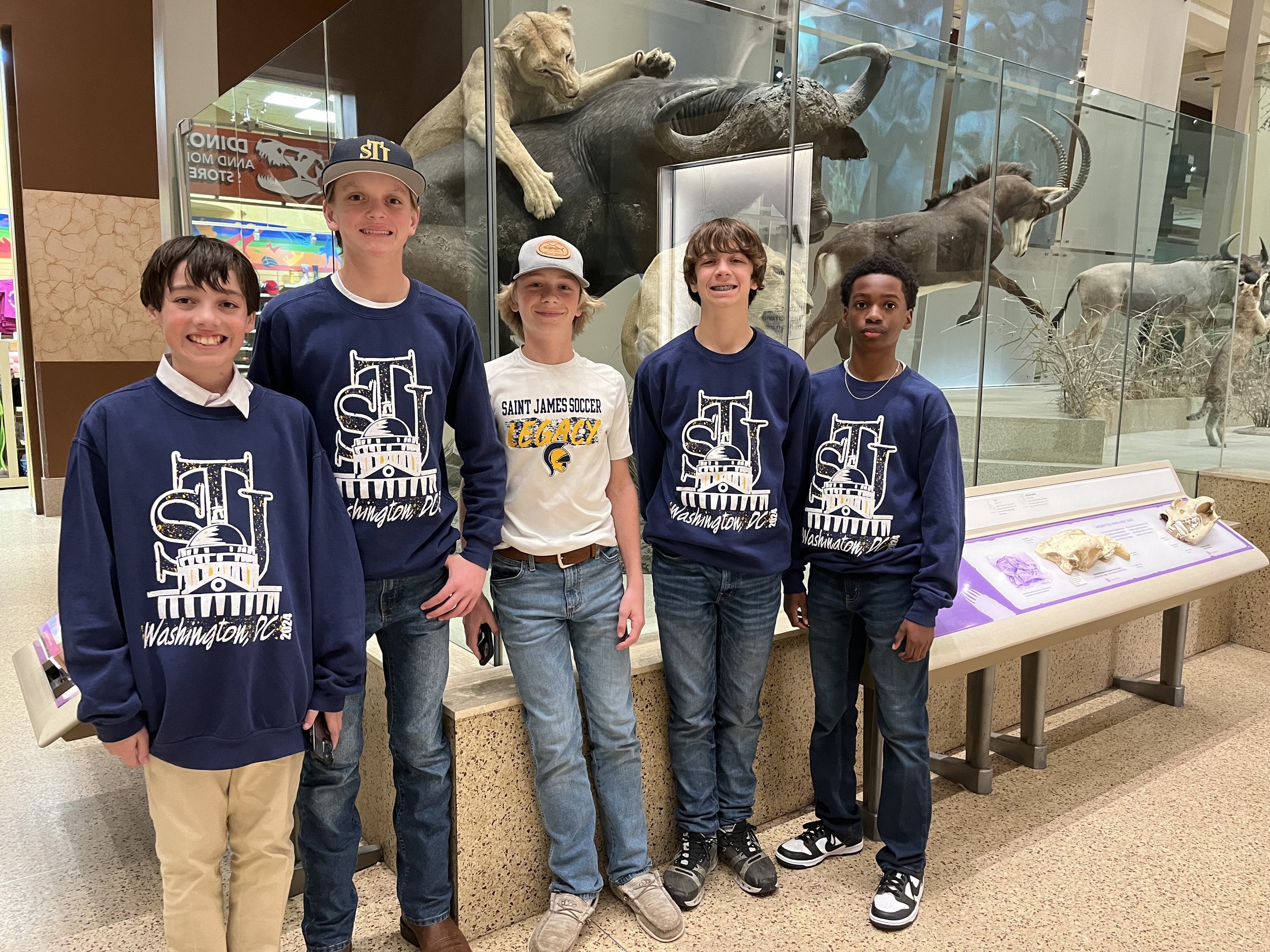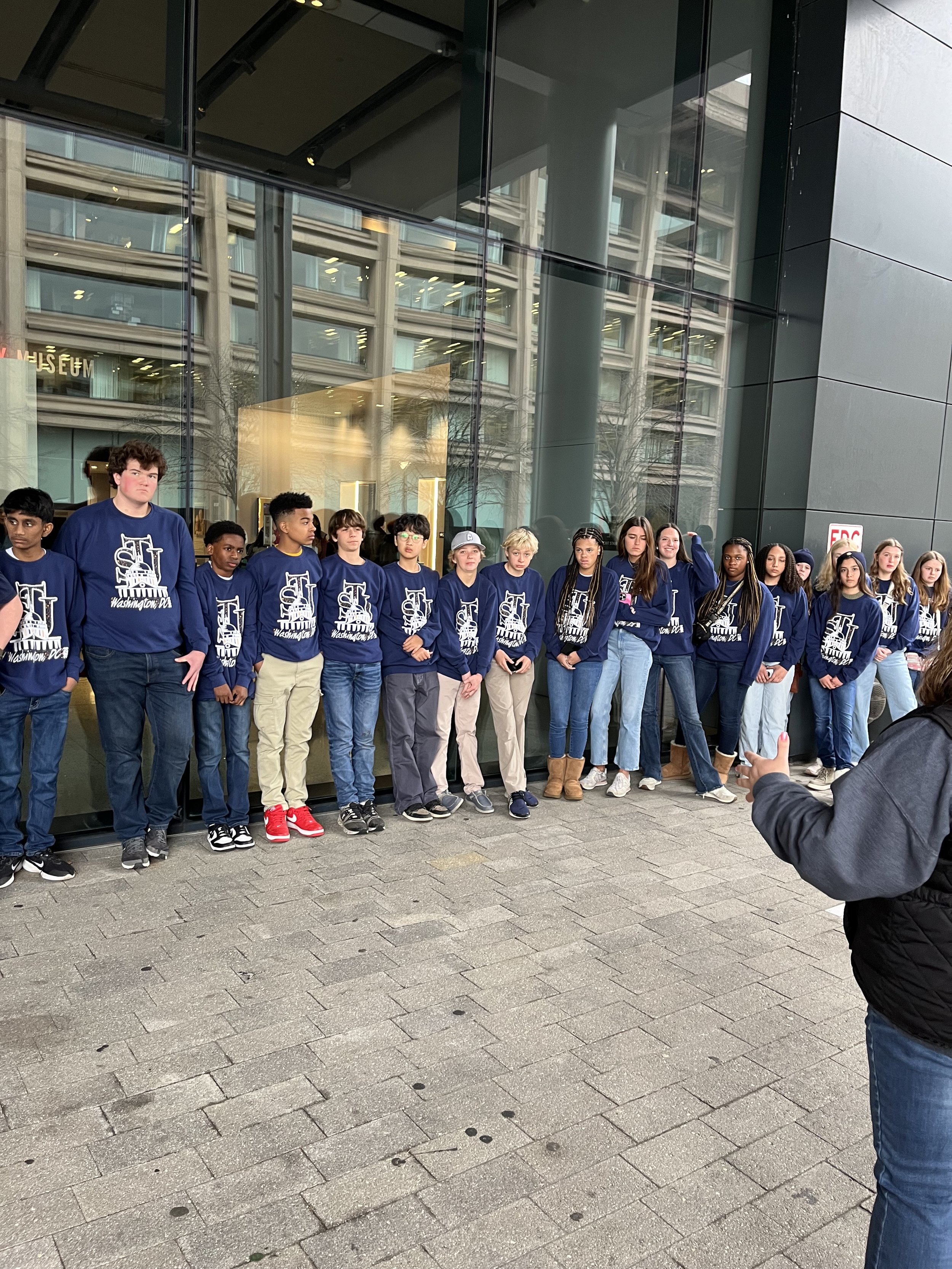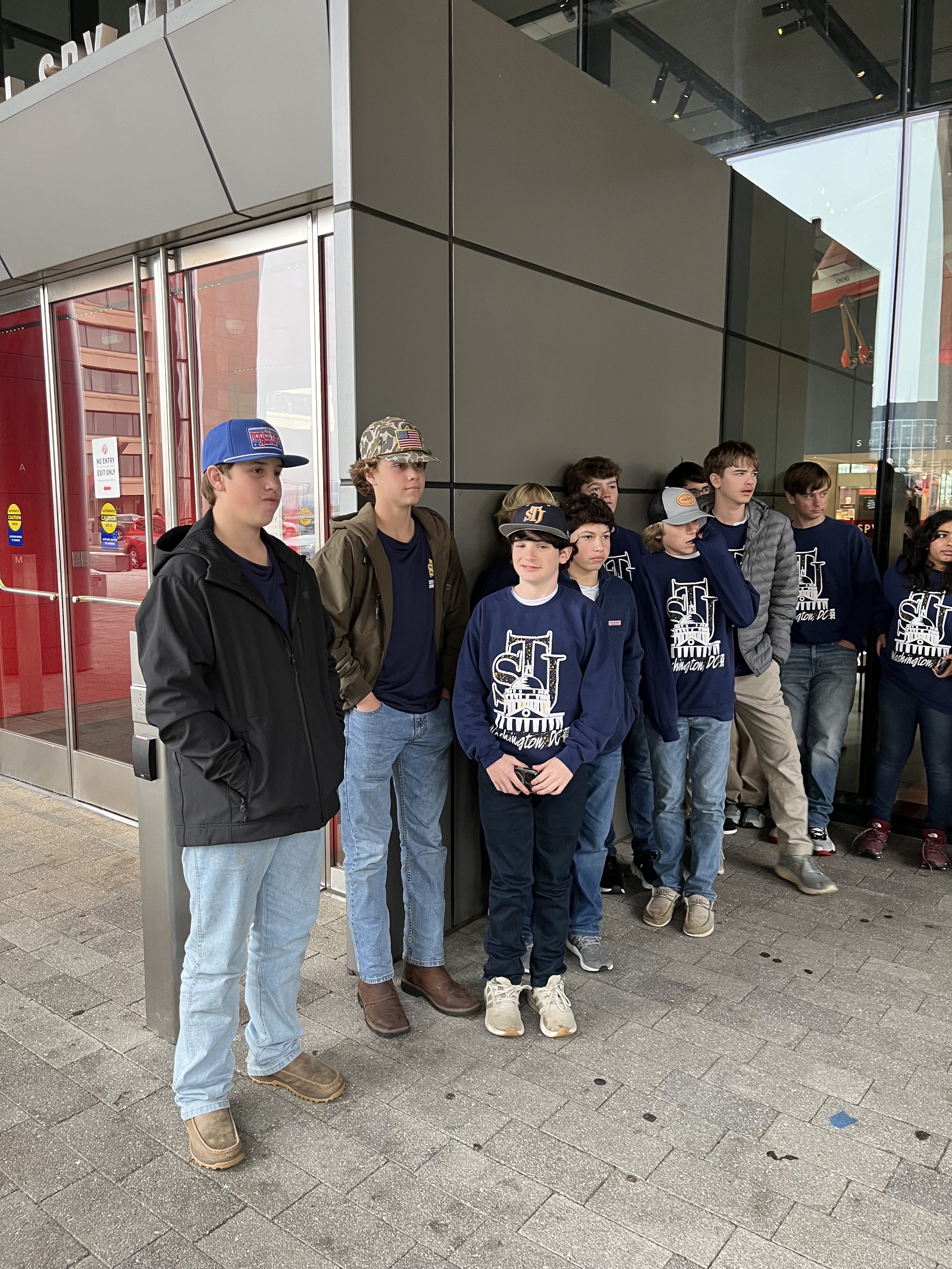Recently, AP Biology students participated in the Greater East Alabama Regional Science and Engineering Fair, held at AUM, where they received third place in the Earth and Environmental Sciences and Environmental Engineering category. They advanced to the Alabama Science and Engineering Fair, held at Auburn University, where they placed third in the Animal and Plant Sciences category and also won the Biological Sciences Award for Creative Application of Biological Principles. Students received a certificate, a medal, and a monetary award.
The science project involved AP Biology students conducting an inventory of animal "species" found in artwork at the Montgomery Museum of Fine Arts and the Jule Collins Smith Museum of Fine Art (Auburn), then calculating and comparing a biodiversity index between the two museum "communities." Due to constraints of time, transportation, suitable habitat, and weather, AP Biology classes usually use types of cars in the parking lot, different varieties of dried beans, or colorful beads as "organisms" for calculations of community diversity. To our knowledge, this is the first time an AP Biology class has utilized artwork animals for these calculations. Our approach includes a more organismal focus to the biodiversity calculations as well as known benefits of integrating art with science, such as increased student engagement, learning, and retention.
#wearesaintjamesschool

